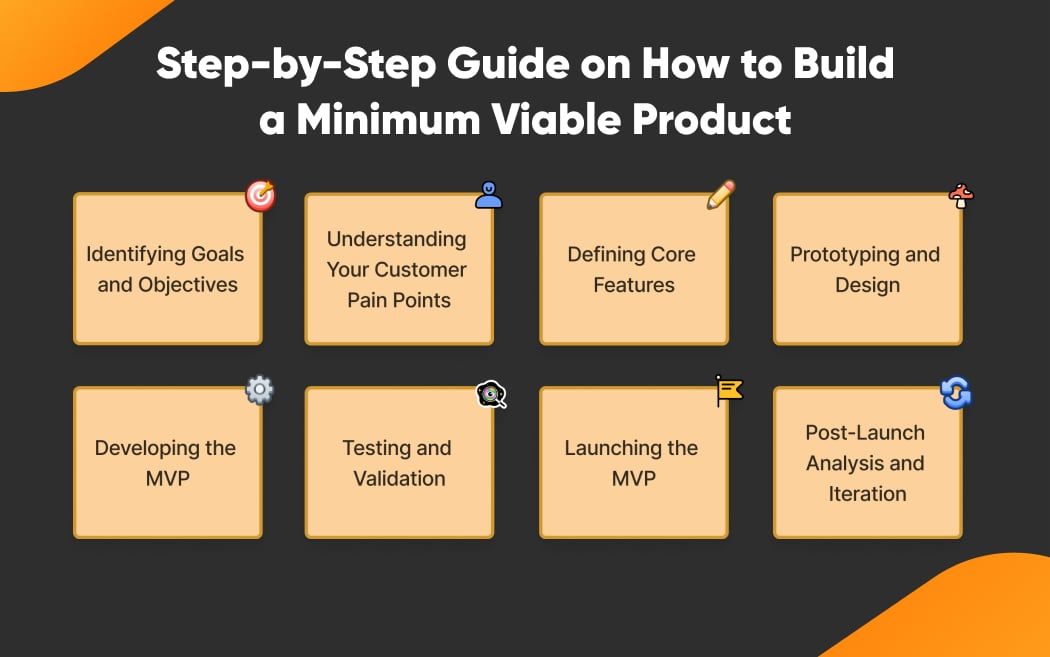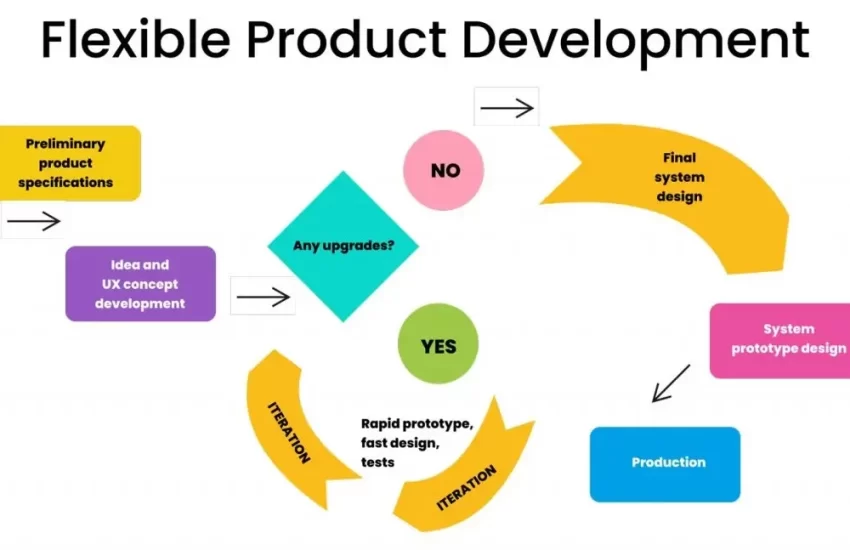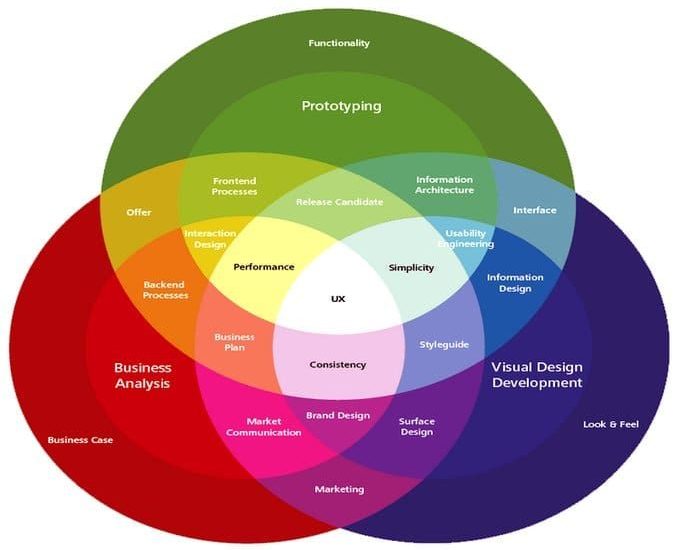MVP Development: How to Build and Test Your Product
In the fast-paced world of technology, it’s crucial for startups and businesses to quickly bring their products to market. One way to do this is by adopting the Minimum Viable Product (MVP) development approach. MVP development allows companies to test their product ideas with minimal resources and feedback from real users before fully developing it.
What is an MVP?
An MVP is a basic version of a product that has just enough features to satisfy early adopters. It is not the final product but rather a starting point that allows companies to gather feedback, validate their assumptions, and make informed decisions on future development.
How to Build an MVP
When building an MVP, it’s important to focus on solving a specific problem for a target audience. Start by identifying the core features that are essential for addressing this problem. Keep the features simple and minimal to reduce development time and costs.
Next, create a prototype of your MVP using wireframes or mockups to visualize the user experience. This will help you communicate your product idea to stakeholders and developers more effectively.
Once you have a clear vision of your MVP, it’s time to start development. Use agile methodologies to quickly build and iterate on your product. Continuous feedback from users and stakeholders will help you refine your MVP and make necessary adjustments.
How to Test an MVP
Testing is a crucial step in MVP development. It allows companies to validate their assumptions, identify potential issues, and gather feedback from real users. There are several methods for testing an MVP, including:
Alpha Testing
Alpha testing involves testing the MVP internally with a small group of testers. This allows companies to identify any major issues before releasing the product to a wider audience.
Beta Testing
Beta testing involves releasing the MVP to a select group of users outside the company. This allows companies to gather feedback from real users and make improvements based on their input.
User Testing
User testing involves observing how real users interact with the MVP. This can be done through surveys, interviews, or usability testing. User feedback is invaluable for refining the MVP and ensuring it meets user needs.
Benefits of MVP Development
There are several benefits to adopting the MVP development approach:
Rapid Time-to-Market
By focusing on essential features and quickly iterating on the product, companies can bring their product to market faster and stay ahead of competitors.
Cost-Effective
Building an MVP allows companies to test their product idea with minimal resources, reducing the risk of investing in a product that may not succeed in the market.
User-Centered Design
Through continuous testing and feedback from real users, companies can create a product that meets user needs and preferences, leading to higher user satisfaction and retention.
Conclusion
Building and testing an MVP is a crucial step in bringing a product to market. By focusing on essential features, gathering feedback from real users, and iterating on the product, companies can create a successful product that meets user needs and stands out in the market. Adopting the MVP development approach can help startups and businesses navigate the challenges of product development and increase their chances of success.


